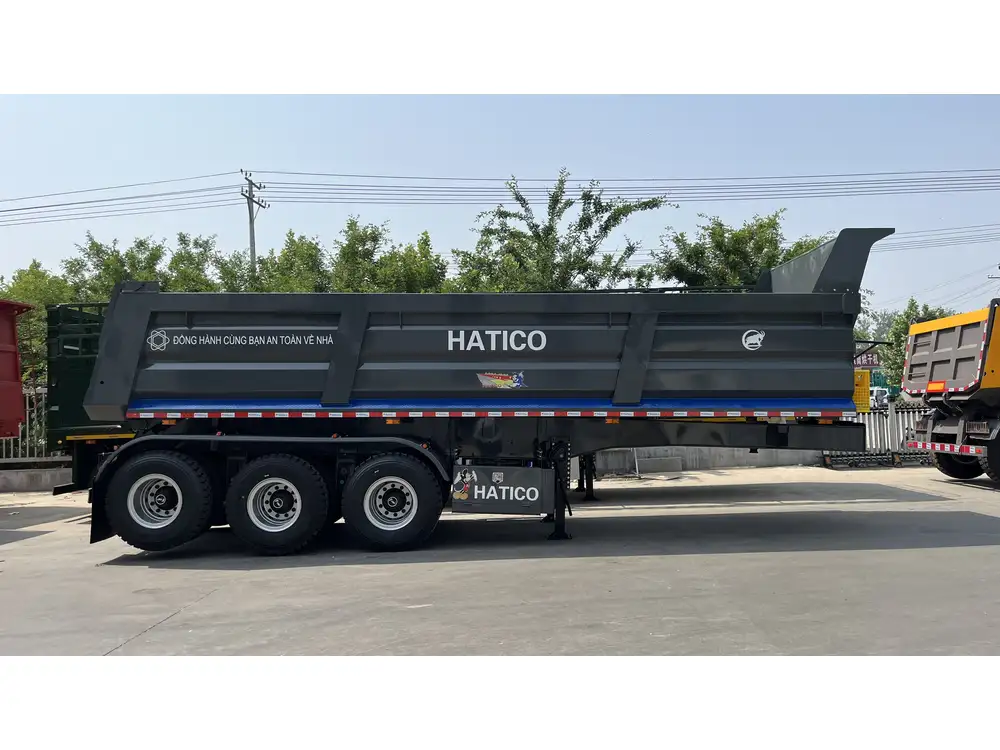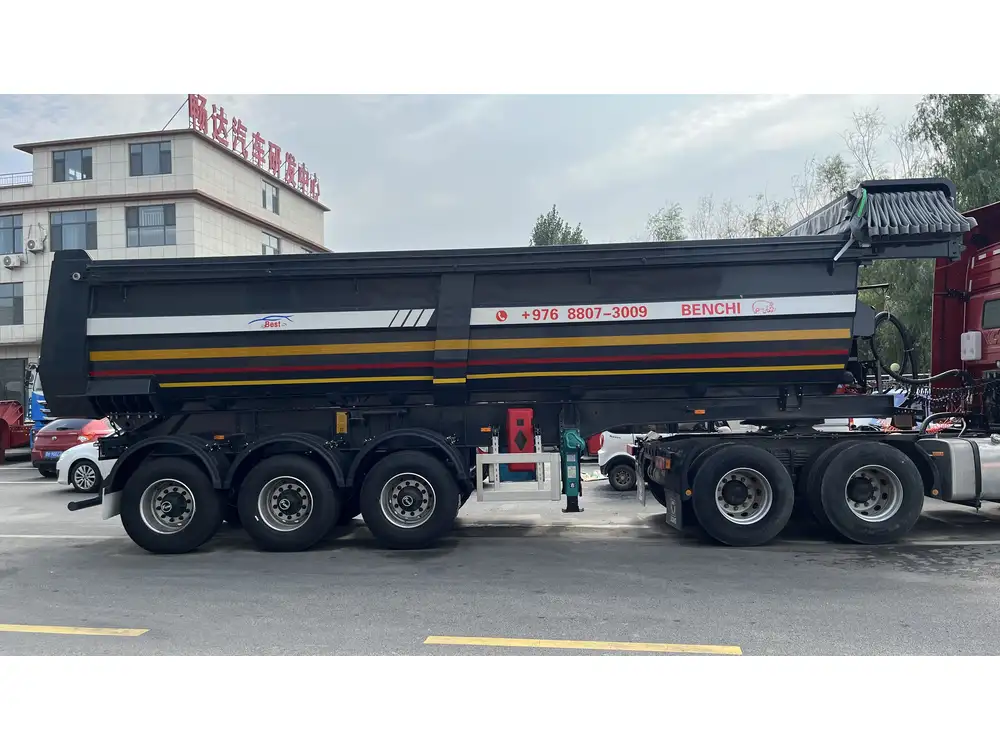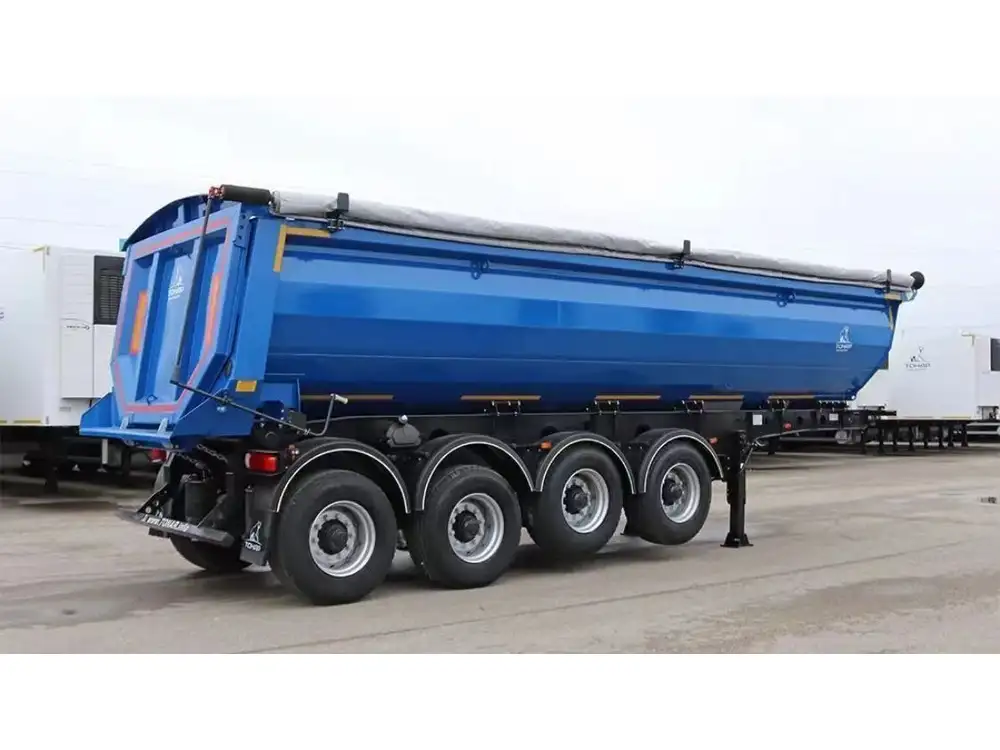When embarking on a journey with your 2004 Dutchmen 28SRV trailer, it is essential to understand its structure and components, including the critical mechanism that fuels your appliances—the propane tank. This guide provides an exhaustive overview of where to find the propane tank, tips for maintenance, and safety measures, ensuring your trips are smooth and enjoyable.
Understanding the Layout of the 2004 Dutchmen 28SRV Trailer
To efficiently locate the propane tank within your 2004 Dutchmen 28SRV trailer, one must first familiarize themselves with the trailer’s layout and system configurations. This trailer is designed to optimize space while maintaining functionality, with essential components strategically placed for ease of access.
Key Areas to Examine:
- Front Section: The propane tank is generally located at the front section of the trailer, often under a protective cover.
- Exterior Compartment: Many models have a dedicated compartment that safely houses the propane tank away from other system components.
- Access Doors: Look for access doors that may be labelled or fitted with locks. They are typically near or behind the hitch area.

Step-by-Step Guide to Locating the Propane Tank
Finding the propane tank in your 2004 Dutchmen 28SRV trailer involves a straightforward process. Here’s a step-by-step guide to assist you:
1. Inspect the Front of the Trailer:
- Begin by walking to the front of your trailer.
- Look for the cover, which is often black or grey, designed to protect the tank from elements.
- Tip: Depending on the model, the cover may have locks or latches; ensure these are opened for container access.
2. Open the Propane Access Door:
- Once located, gently open the cover.
- Carefully observe if there is a compartment for dual tanks (common in many trailers) or just one.

3. Identify the Tanks:
- Propane tanks for RVs are usually 20 or 30 pounds. The markings can help identify their type.
- Note on Dual Tanks: In cases with two tanks, they may sit side by side, often connected to a regulator that facilitates switching between tanks for seamless fuel supply.
4. Check the Regulation System:
- Locate the regulator, typically found between the tanks and the main gas line to your appliances.
- Ensure that all connectors are secure and free from debris.
5. Safety Valve Check:
- Familiarize yourself with the safety shut-off valve located near your propane holder.
- It should be easily accessible for emergency shut-offs.

Maintenance Tips for Your Propane System
Regular maintenance of the propane system can enhance safety and efficiency. Here are essential tips to consider:
Regular Inspections
- Frequency: Perform visual inspections monthly.
- Signs of Leaks: Use a soapy water solution on all fittings; bubbles indicate leaks.
Ensuring Adequate Fuel Levels
- Always monitor the fuel gauge on the tanks.
- Consider having a spare tank, especially during long trips.

Tank Condition
- Look for rust, dents, or corrosion on the tank’s surface.
- Replace any tanks that show significant wear or outdated certification tags.
Ventilation
- Ensure that your propane compartment is well-ventilated to prevent possible gas accumulation.
- Avoid blocking vents with items stored nearby.
Safety Tips When Using Propane in Your Trailer
Understanding the inherent risks associated with propane gas is crucial for safe usage. Here’s how to prioritize safety while using propane in your trailer:

1. Carbon Monoxide Detectors:
- Install CO detectors in your trailer. These devices are your first line of defense against potential gas leaks.
2. Fire Extinguishers:
- Keep a suitable fire extinguisher easily accessible within the trailer.
- Ensure it’s rated for flammable gas fires.
3. Proper Ventilation Practices:
- Ensure proper ventilation when using propane-fired appliances.
- Open windows and vents to create airflow, reducing the risk of dangerous fumes.

4. Emergency Procedures:
- Familiarize yourself with emergency procedures in the event of a leak or fire.
- Always have an evacuation plan for you and your passengers.
5. Training and Awareness:
- Educate all users of the trailer about the location of the propane system, safety measures, and emergency procedures to follow.
Exploring Related Components of Your Dutchmen 28SRV Trailer’s Propane System
Beyond locating the propane tank, understanding how the entire propane system works can significantly aid in troubleshooting and usage.

a. The Regulator:
- The propane regulator controls the pressure of the propane gas flowing into your trailer’s appliances.
- Regularly check for wear; a malfunctioning regulator can lead to inconsistent performance.
b. Hose Connections:
- Inspect hoses for cracks or abrasions; they should fit snugly without apparent damage.
- Replace any hoses that exhibit signs of wear.
c. Appliances Using Propane:
- Identify appliances that hook into the propane system (stove, refrigerator, furnace).
- Regularly check connections to each appliance to ensure they are secure and devoid of leaks.

d. Understanding Propane Ratings:
- Familiarize yourself with the specifications regarding your propane tanks (BTU ratings, consumption rates).
- This knowledge aids in estimating fuel needs during trips.
Troubleshooting Common Propane Issues
While operating a propane system, some common issues may arise. Here are the prevalent problems and how to address them:
Problem: Inconsistent Flame
- Causes: Improper pressure from the tank or a clogged burner.
- Solutions: Inspect the regulator and clean the burner assembly.

Problem: Gas Odor
- Causes: Possible leaks or damaged hoses.
- Solutions: Immediately evacuate the area and conduct a thorough inspection for leaks. Do not light flames until verified safe.
Problem: Tank Won’t Empty
- Causes: Perhaps the tank is filled improperly, or there is an issue with the regulator.
- Solutions: Check for any visible kinks in hose attachments and tighten them if loose.
Problem: Appliance Failure
- Causes: A broader issue involving the propane system or individual appliances.
- Solutions: Refer to appliance manuals for specific troubleshooting options, ensuring all connections are free from obstruction.

Conclusion
Locating the propane tank in a 2004 Dutchmen 28SRV trailer isn’t just about finding a component; it’s about understanding and ensuring your overall journey safety and functionality. With the correct knowledge and maintenance practices, along with adherence to safety protocols, you can guarantee successful and enjoyable experiences every time you venture into the great outdoors with your trailer. Remember, a well-maintained propane system not only supports your appliances but also provides peace of mind during your travels. For comprehensive insights, stay informed and committed to adhering to the advised safety measures, ensuring every journey is a positive memory in your trailer adventures.
By mastering the operation and maintenance of your propane system, your Dutchmen 28SRV trailer will not only serve you well but also stand the test of time, making it a dependable companion on all your escapades.



